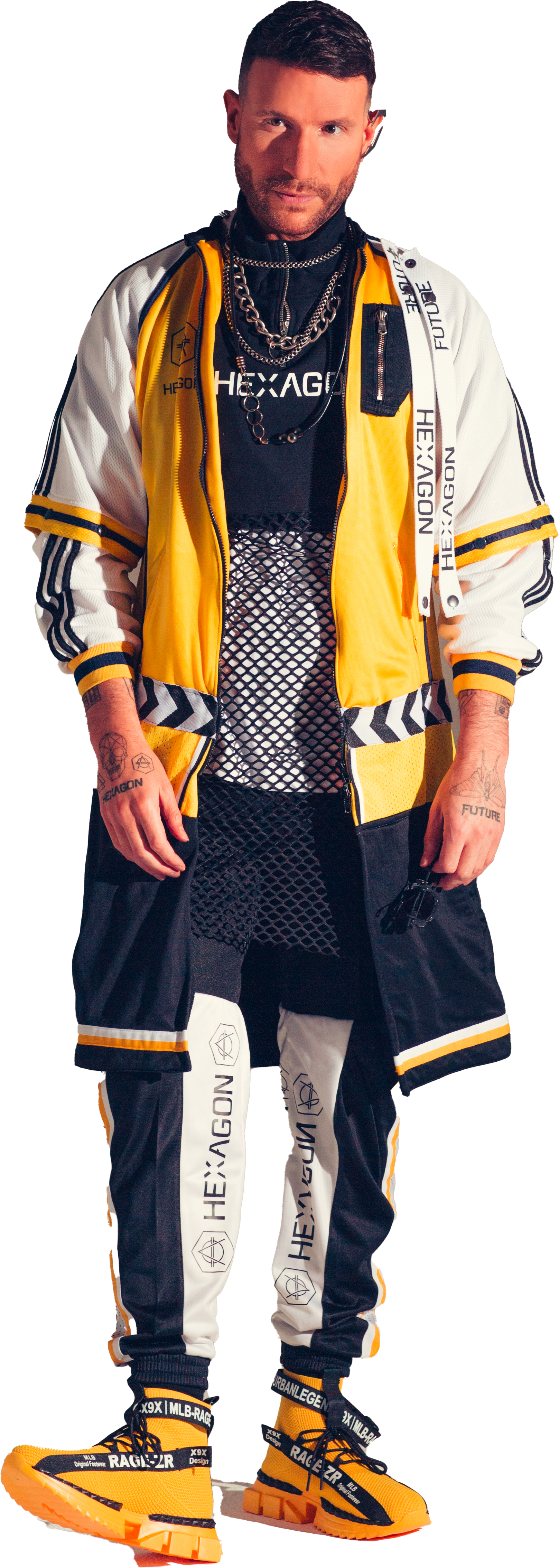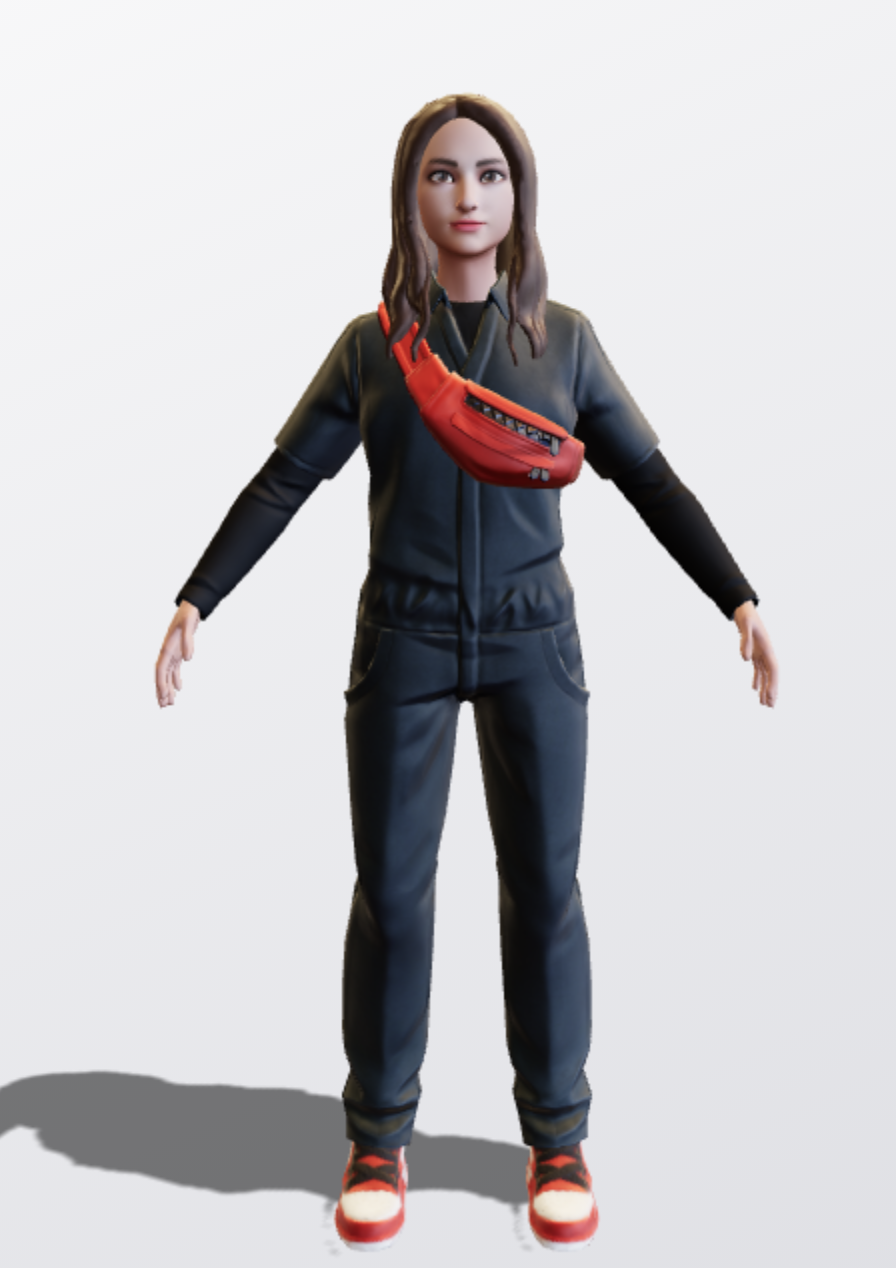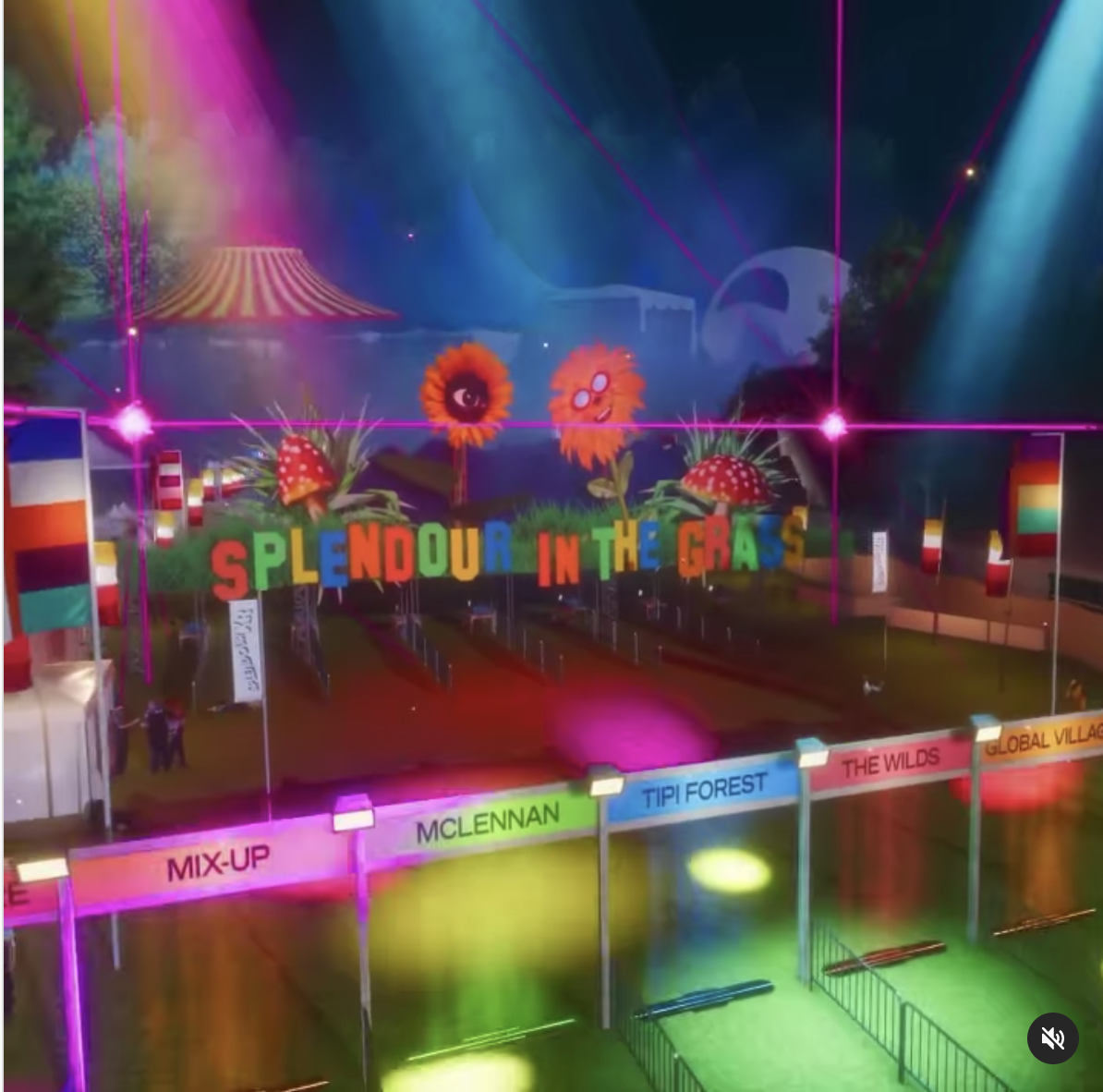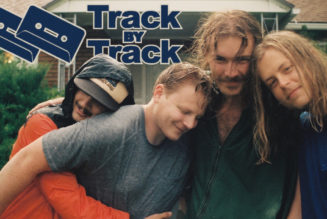For the last decade at least, augmented reality (AR) and virtual reality (VR) have been touted multiple times as hot, emerging technologies on the cusp of going mainstream. They were supposed to become part of our everyday lives and a staple of our entertainment consumption. Except somehow they never did cross that magical threshold to become ‘must have’ experiences.
But now, finally, massive advances in headset/glasses in terms of both weight and design, plus the arrival of LIDAR as standard on some top-end phones could be game-changers. LIDAR is a method for determining distance by targeting an object with a laser and measuring the time for the reflected light to return to the receiver. Lidar can also be used to make digital 3D representations of objects. On top of that, thanks to artificial intelligence (AI) replacing classic computer processing, eye-popping speeds are now driving the rendering of virtual worlds and the objects in them, and all of this is combining to make these previously snubbed technologies considerably more desirable.
Remember Google Glass? Probably not. (Google wishes you’d forget about them, too.) It came and went without creating so much as a ripple. However, the promise of a relatively innocuous pair of glasses that act as an interface — as opposed to a large and unapologetically/inescapably immersive VR headset — has hovered over virtual technologies ever since.
Just before the summer, the news that Snap had created a new pair of AR glasses was somewhat spoiled by the fact that they’re not actually for sale. Such a tease. Their new AR glasses project virtual images into the world directly in front of the wearer, but for the moment at least, they’re only available to developers of Snap’s Lenses, the software that generates those virtual images.
If it seems crazy not to be trying to sell the glasses, ultimately it’s all about the content. Snap understandably doesn’t want its glasses to go the way of 3D TV, which died partly due to a lack of the sort of content that would make you want to sit there wearing glasses for hours. Snap’s intention, some would say desperation, is to find developers who can create compelling and visually stunning Lenses that sell the technology to the public. That said, and strictly technically speaking, Snap has been ahead of the curve for a while thanks to their range of AR-driven filters on the platform we all use.
Cortney Harding, founder of Friends With Holograms, a producer of award-winning, game-changing custom AR and VR experiences, feels we need to separate the two technologies.
“An important point here is that AR and VR are expanding differently. AR is much more consumer-friendly because most of us have smartphones, whereas VR is more relevant to the enterprise sector and gaming,” Harding says. “Alongside Snap, both Facebook and Apple are developing AR glasses, but we won’t be wearing them any time soon — perhaps in 18 months to two years in the case of Apple. And despite the growing presence of these major players, I expect the adoption curve to remain quite slow. This is a marathon, not a sprint, and both technologies need people who know what they’re doing. If you’ve ever seen a badly shot VR video you’ll know exactly what I mean. They can make you feel physically sick.”
Of course, we can’t mention AR without talking about NFTs, the blockchain-based, AR-driven phenomenon that exploded earlier this year, championed by artists including 3Lau, Richie Hawtin, DeadMau5, Don Diablo and many others. While some ponder the relevance of buying something that only exists virtually, Hawtin is clear about their appeal.
“Part of being a fan is that you want exclusive things from the acts that you love, and NFTs provide exactly that. To compare it to something from the offline world, people joined the fan clubs of groups in order to get access to things that weren’t available to non-members,” he said when appearing on the Amsterdam Dance Event’s “In Conversation” series of vodcasts. “NFTs open up a huge range of possible interactions and relationships between artists and their fans.”
Ashley Crowder, co-founder and CEO of AR specialist VNTANA, also sees phones as the key to more widespread use of AR saying, “I’m a believer in Snap’s glasses but I think 99% of users will prefer to use their phones. The user base is 100x larger.”
Crowder’s company makes 3D eCommerce fast and easy at scale which has proven to double conversion rates and increase cart size by 60%. Their patented optimization algorithms allow brands like Hugo Boss, Deckers Brands, and Diesel to use their existing 3D designs to instantly create high-fidelity, fast-loading 3D assets that are automatically optimized for use across the web, social media, advertising, game-engines and more. Just like Vimeo and YouTube made it easy to share and embed video, VNTANA makes it easy for brands across fashion, footwear, furniture, tools, and more to share and embed 3D and AR for sales and marketing use.
“We’re also working with various games companies including Fortnite owner Epic because, of course, product placement should be in games, just like it has been in films for many years,” Crowder says. “It is happening, but it still needs to be more scalable and easier to add than it currently is. However, the fact that the iPhone 12 Pro and the iPad Pro both have LIDAR also means that people will be able to 3D scan anything they want and apply it to their avatars. And even though the quality is inferior to a scan done by a professional company, given how much time we spend online, this is only going to grow.”
LIDAR and 3D scans also have huge implications for NFTs. Says Crowder, “NFTs are currently only in 2D, so we’re developing a system to create sellable 3D assets, and it isn’t hard to imagine how much more saleable and attractive a 3D file is when compared to its 2D cousins.
“The idea of owning a 3D file is another level entirely compared to where we are now. They could, for example, be used as skins in video games.”
Those same 3D NFTs could also be used to dress yourself up for a virtual party. Sam Distaso, VP Business Development for Sansar VR at Wookey Technologies, has understandably been very, very busy since lockdown triggering a soaring demand for something that resembles parties like they used to be. The company has a deal with concert giant Live Nation that birthed a virtual version of the festival Splendour In The Grass. They also have a deal with gaming platform Steam, and have hosted thousands of shows in the last 18 months.
“But that’s mainly outside parties using our platform and facilities,” Distaso says. “We hosted closer to 100 events that we would call proper shows or festivals with multiple acts. In fact, demand is outstripping our capacity right now. So, as a short-term solution we’re outsourcing 80% of the design that’s needed to mount an event to small studios, but we are working towards a situation where we offer a self-service interface. That is to say anyone wanting to organize an event will be able to pick an event template and just get on with designing the environment. Ultimately, we want to get out of the way and let people get on with it. We’re aiming to have all this in place by the end of the year, but that may be a bit optimistic.”
The irony here is that platforms like Minecraft or Roblox could do everything that Sansar does, but the breadth and flexibility of Sansar’s offer, plus the fact that the platform was built by music fans who love to attend events, wins the day.
“The huge investments into game engines mean that they render amazing graphics, but for events, you need a dedicated engine, and serious flexibility in order to be able to work with third-party ticket vendors and merchandising companies, plus the ability to organize artist meet and greets; even panels and round-table discussions for business-orientated events. The thing that has become patently obvious through the pandemic is that real-life events are limited by geography and venue capacity, but if you can get around those limitations, and then also provide events that actually work and have a high engagement factor, you get respect and repeat business, and that’s where Sansar is right now,” Distaso adds.
The fact that many of Facebook’s recent acquisitions — including BigBox VR, Downpour Interactive and Unit 2, maker of collaborative game-making platform Crayta — are all in the gaming sector is highly significant. Mainly because they are driven by a belief that games are the biggest entry level vertical for VR, but as usual uptake and development is slower than expected.
“Stating decisively ‘THIS IS THE YEAR’ just isn’t relevant to these technologies,” Harding states. “Incrementalism is the way forward, until eventually people feel like it’s always been there. Looking at my own company, we doubled our revenues in 2019-2020. We get more work, we have more credibility, and more people and companies are interested in virtual technologies. Really good VR headsets by companies like PICO and Oculus are now very reasonably priced at around $250, and that means that creating VR content that’s inclusive becomes more and more important.
“Really, even though there is still a widespread and mistaken belief that headsets are cumbersome, it’s not the case. I’ve put headsets on thousands of people for the first time, and only a very few really didn’t like it. To be honest we have now reached the stage where any barrier to entry is self-imposed by us in the industry, so this really is not the time to drop the ball.”













